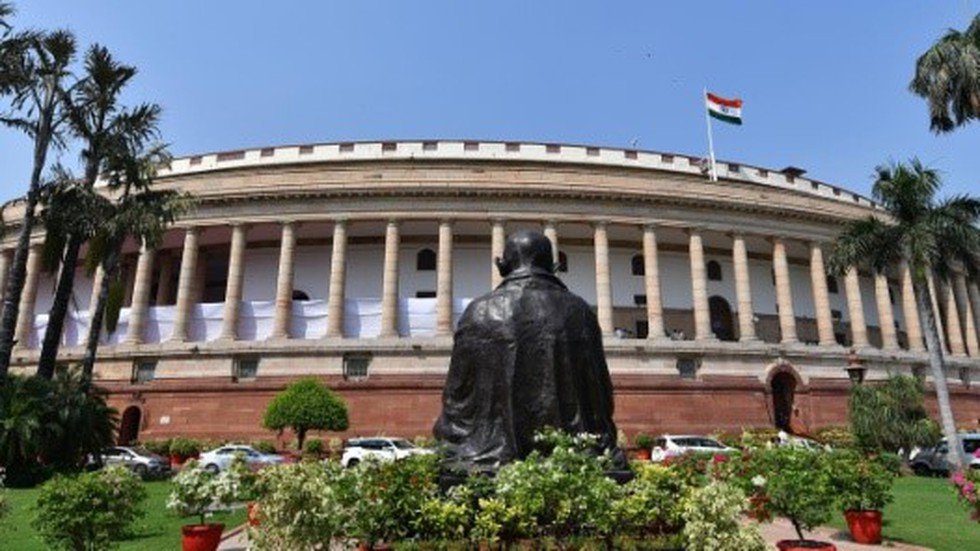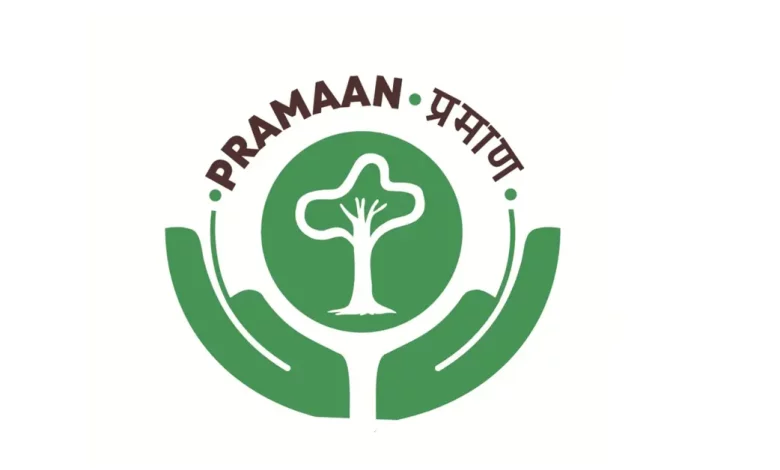
Maitri II Station in Antarctica
Subscribers of "Current Affairs" course can Download Daily Current Affairs in PDF/DOC
Subscribe to Never Miss an Important Update! Assured Discounts on New Products!
Must Join PMF IAS Telegram Channel & PMF IAS History Telegram Channel
- Context (PIB): GoI intends to operationalise a new research station in East Antarctica near the existing research base Maitri. The research station is expected to be complete by January 2029.
India’s Research Stations in Antarctica
- The first permanent research station was “Dakshin Gangotri” in 1983 (now abandoned).
- Maitri: India’s second permanent research station operational since 1988. Lake Priyadarshini, a freshwater lake, was built by India around Maitri.
- Bharati: Operational since 2012, it is India’s first committed research facility located 3000 km east of Maitri.
India Antarctica Programme
- It is a scientific research and exploration program under the National Centre for Polar and Ocean Research (NCPOR), Goa.
- It started in 1981 when the 1st Indian expedition to Antarctica was made.
India Antarctica Act 2022
- The Act seeks to give effect to:
- Antarctica Treaty.
- Protocol on Environmental Protection to the Antarctica Treaty.
- Convention on the Conservation of Antarctica Marine Living Resources.
- Applicability: To any person, vessel, or aircraft that is a part of an Indian expedition to Antarctica under a permit issued under the Act.
- The Act provides for a Central Committee on Antarctica Governance and Environmental Protection.
- The Central Government would establish it under the administrative control of the Ministry of Earth Sciences (MoES).
- It would ensure compliance with international laws to protect the Antarctica environment.
- The Act provides for penalties for contravention of the Act’s provisions. E.g., 20-year imprisonment for conducting a nuclear explosion in Antarctica.
- It provides for the Antarctica Fund for the welfare of research work and protection of Antarctica.
- It also provides for designated courts and inspection teams to carry out inspections in Antarctica, etc.
Activities Prohibited
- Nuclear explosion/disposal of radioactive wastes.
- Introduction of non-sterile soil/any specified substances and products.
- Discharge of garbage, plastic, or substances into the sea, which is harmful to the marine environment.
- Damage, destroy, or remove any historic site or monument.
Permit needed
- An Indian expedition to enter/remain in Antarctica.
- A person, vessel/aircraft registered in India to enter/remain in Antarctica.
- A person/vessel to drill, dredge, excavate for mineral resources, or collect samples of mineral resources.
- Activities that may harm native species.
- Waste disposal by a person, vessel or aircraft in Antarctica.
Antarctica Treaty
- It laid the foundation of a rules-based international order for a continent without a permanent population.
- It remains the only single treaty that governs a whole continent.
- It was signed on 1st December 1959 (entered into force in 1961) in Washington.
- Initially, 12 member parties; currently, it has 54 members. India became a member of this treaty in 1983.
- Headquarters: Buenos Aires, Argentina.
- The treaty declares the continent as the world’s 1st nuclear-weapon-free zone to be preserved for scientific exploration.
Provisions
- Application of the treaty: All areas south of latitude 60°. It excludes the high seas, which come under international law.
- The treaty provides for the use of the continent only for peaceful purposes, including promoting the freedom of scientific research.
- It neutralises territorial sovereignty, limiting any new claim or enlarging the existing claim.
- It forbids all contracting parties from establishing military bases, carrying on military manoeuvres, testing any weapons (including nuclear weapons), or disposing of radioactive wastes in the area.
- Dispute settlement by the International Court of Justice if they cannot be settled by peaceful negotiation or arbitration by the involved parties.
Protocol on Environmental Protection to the Antarctica Treaty
- Also known as Antarctica-Environmental Protocol or the Madrid Protocol, it was signed in 1991 (entered into force in 1998) as part of the Antarctica Treaty System.
- It prohibits mining, requires environmental impact assessments for new activities, and designates the continent as a natural reserve.
Convention on the Conservation of Antarctica Marine Living Resources
- Established in 1982 as a part of the Antarctica Treaty System.
- Objective: To preserve marine life and environmental integrity in and near the Antarctic region.
Antarctica Region
- It is the world’s southernmost and fifth-largest continent.
- It is divided into 2 parts: East Antarctica (Largest) and West Antarctica.
- Major geographical features: Ross Sea, Weddell Sea.
- Climate: It is the world’s driest, windiest, coldest, and iciest continent.
- Jurisdiction: It is considered a Global Common and does not come under the jurisdiction of any single Nation/Government.
- It does not have any native population.
- Its Continental ice sheet represents about 90% of the world’s ice and 80% of its fresh water.




![PMF IAS Environment for UPSC 2022-23 [paperback] PMF IAS [Nov 30, 2021]…](https://pmfias.b-cdn.net/wp-content/uploads/2024/04/pmfiasenvironmentforupsc2022-23paperbackpmfiasnov302021.jpg)










